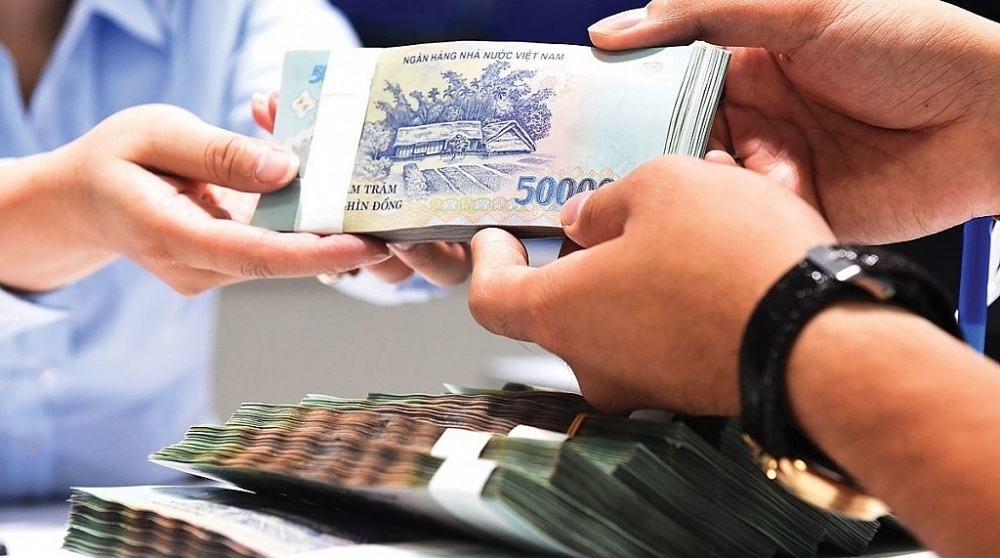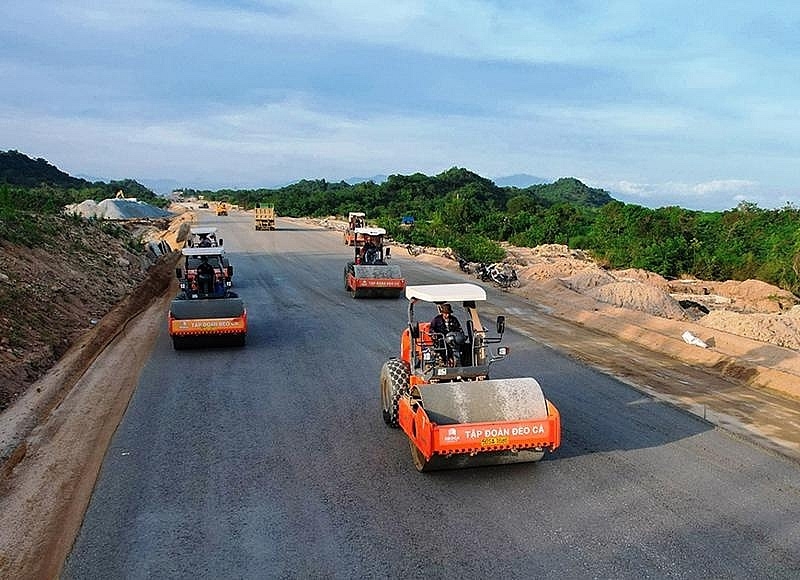Vietnam’s digital banking adoption catches up with developed markets

The increase in active digital bank users is arguably higher in Vietnam compared with APAC's emerging markets and some APAC developed markets. (Photo: vtv.vn)
The adoption of digital banking in Asia-Pacific (APAC) emerging markets, especially Vietnam, has caught up with that in developed markets.
This information was released in the McKinsey report on the digital banking behaviours of 20,000 urban banking consumers across 15 APAC markets, including Vietnam.
This change in behaviour has brought the financial services industry to a new level of maturity, opening up new opportunities for banks and nonbanks alike. The window for seizing opportunities will narrow quickly as consumers give serious consideration to innovative propositions from digital banks.
The report identified the gap between customers' interest in digital banking vs their actual actions, how banks can better capture opportunities from this gap, and the core technologies that can support banks in doing so.
It revealed that the increase in active digital bank users is arguably higher in Vietnam compared with APAC's emerging markets and some APAC developed markets.
Between 2017 and 2021, 88 percent of APAC consumers in emerging markets actively use digital banks, a 33 percentage points increase. In Vietnam, the numbers rose by 41 percentage points to 82 percent in 2021.
At the same time, fintech and e-wallet penetration reached 56 percent in 2021 for Vietnam, a hike of 40 percentage points from 2017. This penetration level is even higher than the average of APAC emerging markets (at 54 percent) and developed markets (43 percent).
Large majority (73 percent) of Vietnamese consumers are multi-channel banking users. This means they use a combination of digital banks and physical branches.
Despite the change in consumer behaviours, banks are not doing enough to capture digital sales, due to limited digital offerings and a lack of meaningful engagements with digital users, the report says.
Accordingly, three strategic moves banks can consider in closing this gap include rethinking the role of branches. Banks need to strengthen branches' omnichannel delivery – measuring both financial goals and customer’s satisfaction – ensuring that branch-based human interactions go beyond functional convenience to outperform empathy and understanding.
They should transform their business model to digital-first, or integrated omnichannel engagement centred on agile deployment on artificial intelligence (AI) and machine learning capabilities. Banks need to deliver value propositions that are intelligent (automating key decisions and recommending actions), personalised (based on an understanding of customers behaviours), and omnichannel (embed digital banking capabilities within partner ecosystems).
Bank should play a role of digital attacker (digital-only banks using a cloud-native, low-cost platform) or an omnichannel incumbent to stay competitive. In doing so, banks must differentiate their digital value proposition from existing offerings, focus on gaining access to large customer ecosystem to scale fast, and capture transactions and balances as primary bank.
Banks in emerging markets are already leading digital innovation but the market is getting crowded and competitive. To stay relevant, banks should think about building (or acquire) AI and machine learning capabilities in three areas sales and service, operations and IT and develop the right structure as well as hire or reskill the right talent./.
Related News

Vietnam, Korea Customs sign AEO MRA
11:07 | 26/12/2024 Customs

Prioritizing semiconductor workforce training
09:16 | 15/12/2024 Headlines

Vietnam-Cambodia: Looking back on journey of cooperation
14:45 | 11/12/2024 Customs

Vietnam-China e-commerce: A perspective from Lang Son border
13:39 | 06/12/2024 Headlines
Latest News

Ensuring financial capacity of bonds issuers
11:09 | 26/12/2024 Finance

Finance ministry announces five credit rating enterprises
14:54 | 25/12/2024 Finance

The capital market will see positive change
09:44 | 25/12/2024 Finance

Corporate bond issuance value rises by 60 per cent
13:51 | 24/12/2024 Finance
More News

Slower mobilization than credit may put pressure on interest rates
09:02 | 24/12/2024 Finance

Fed’s foreseen rate cuts affect foreign exchange rate
14:12 | 23/12/2024 Finance

Untying the knot for green finance
11:08 | 23/12/2024 Finance

Ensuring efficiency and transparency in use and management of houses and land at State enterprises
13:54 | 22/12/2024 Finance

Vietnam's stock market to develop strongly and sustainably
19:08 | 21/12/2024 Finance

Tax sector achieves revenue target of about VND1.7 million billion
18:32 | 21/12/2024 Finance

General inventory of public assets raises efficiency of use and management of country's resources
09:29 | 20/12/2024 Finance

Publicizes progress of public investment disbursement for important national projects
15:21 | 19/12/2024 Finance

Six SOEs to be transferred back to industry ministry
15:38 | 18/12/2024 Finance
Your care

Ensuring financial capacity of bonds issuers
11:09 | 26/12/2024 Finance

Finance ministry announces five credit rating enterprises
14:54 | 25/12/2024 Finance

The capital market will see positive change
09:44 | 25/12/2024 Finance

Corporate bond issuance value rises by 60 per cent
13:51 | 24/12/2024 Finance

Slower mobilization than credit may put pressure on interest rates
09:02 | 24/12/2024 Finance



